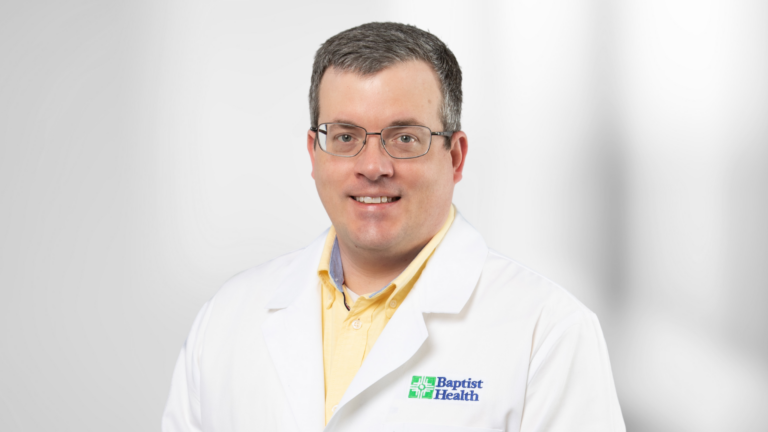The Syncardia Total Artificial Heart is a battery-operated device that contains the same components as a real human heart and serves as a bridge to transplant (BTT) to give patients the time they need to wait on a donor heart to become available.
Nearly 1,700 Total Artificial Hearts have been implanted across the globe. Similar to a heart transplant, the Total Artificial Heart replaces both failing heart ventricles and the four native heart valves. There are no motors or electronics of any type inside the body. All electronics are located outside the body in the pneumatic driver, which powers the Total Artificial Heart and monitors blood flow.
Total Artificial Heart Facts
The SynCardia temporary Total Artificial Heart (TAH-t) is the first and only FDA, Health Canada and CE (Europe) approved Total Artificial Heart in the world.
Similar to a heart transplant, the SynCardia Total Artificial Heart replaces both failing heart ventricles and the four heart valves, eliminating the source of end-stage biventricular heart failure.
Unlike a donor heart, the Total Artificial Heart is immediately available at SynCardia Certified Centers.
The SynCardia Total Artificial Heart is the only device that provides immediate, safe blood flow of up to 9.5 liters per minute through each ventricle. This high volume of blood flow helps speed the recovery of vital organs, helping make the patient a better transplant candidate.
The longest a patient has been supported by the SynCardia Total Artificial Heart is more than 4 years.
During more than 32 years of use, the valves in the SynCardia Total Artificial Heart have never failed. The diaphragm, which is responsible for pumping blood in and out of the ventricles, has a success rate of more than 99.99%.
There have been more than 1,700 implants of the Total Artificial Heart, accounting for more than 600 patient years of support.
Implanting the SynCardia Total Artificial Heart:
- Eliminates arrhythmias that could require the use of a pacemaker and/or defibrillator.
- Eliminates failing heart ventricles that could require the use of medication, a left ventricular assist device (LVAD) or a right ventricular assist device (RVAD).
- Eliminates malfunctioning heart valves that could require surgery to correct or replace.




